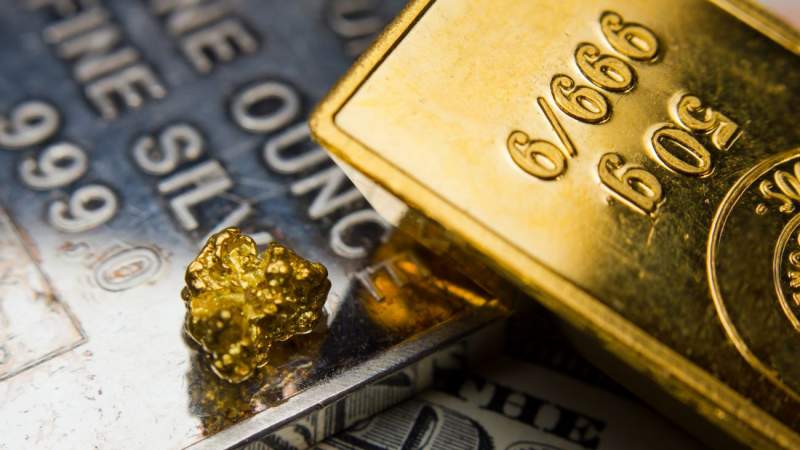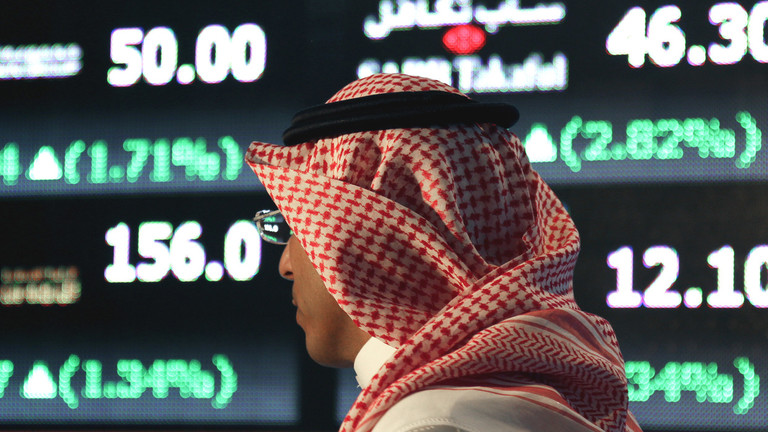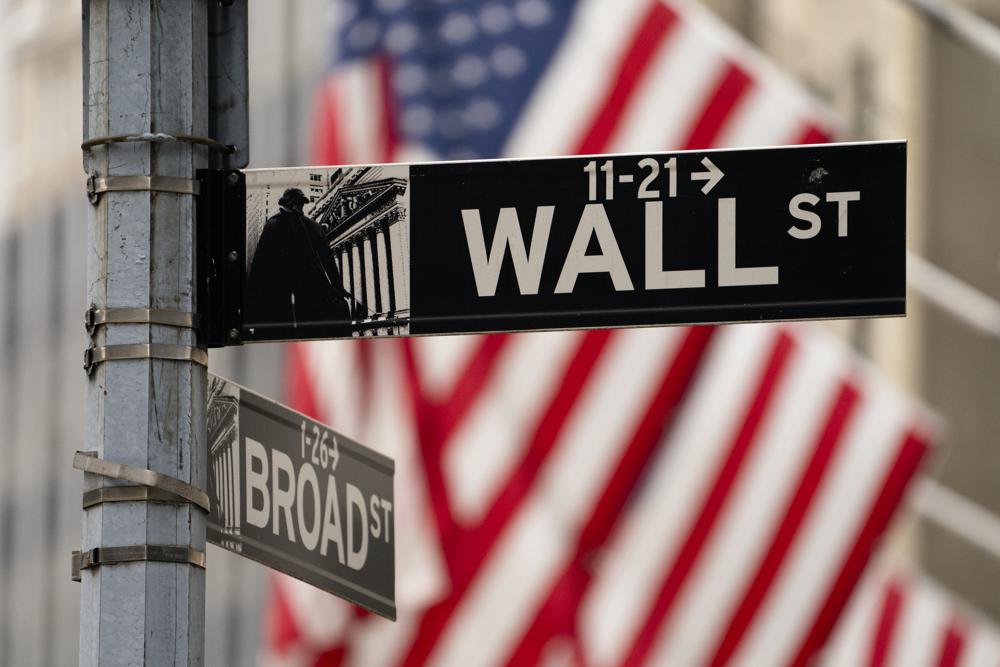Throughout history, gold and silver have been constant symbols of wealth and prestige. Cultures from Asia, Europe, Africa, and the Americas have all been drawn to the luster and rarity of these precious metals for centuries. Today, gold and silver remain solid investments due to the fact that they are long-established stores of value. While many people simply love to collect and admire beautiful metals, gold and silver also offer practical advantages to investors.
Diversifying with Gold and Silver
Every financial expert stresses the importance of maintaining a diversified portfolio. During times of economic downturns, having all your eggs in one basket can be risky. Gold and silver can be excellent assets because they are considered safe havens for investments. Even during times of unrest, stock market crashes, increased inflation and economic depressions, precious metals will maintain a high value.
As with any investment, however, there are certain nuances and trends to consider before purchasing gold and silver. Potential buyers have three options: exchange-traded funds, gold/silver stocks and physical gold or silver. Each provides different short-term and long-term benefits.
The Value of Precious Metals
In order to be considered “precious,” a metal must be naturally occurring and of high economic value. While gold and silver do have some industrial uses, they are mostly prized for their beauty. The history of gold’s value dates back to 3000 B.C., when ancient cultures started using the metal to make art and jewelry. In 560 B.C., the Egyptians established gold as a form of coinage that could be traded for goods and services. Silver emerged as a major currency in the early 1000s, when the British pound represented a single pound weight of sterling. As economies evolved, central banks started using paper money that was backed by gold and silver.
The United States officially abandoned the gold standard in 1971. However, precious metals continue to play a crucial role in the global economy. Central banks and financial organizations such as the International Monetary Fund currently hold about one-fifth of the world’s above-ground gold. Precious metals are coveted because they can preserve wealth even when other currencies are manipulated. Enthusiasts often point to the fact that gold has never once failed in its use as currency.
Gold and Silver Prices
As far as precious metals go, gold is by far the most popular investment. Gold has long enjoyed more historic appeal and price stability. Even though there is much less above-ground silver available for investors, demand has made gold more valuable. Since silver is cheaper, it is often seen as an excellent gateway into hard assets for new investors.
The current price of gold is about 75 times that of silver. This indicator, known as the gold-silver ratio, is an important metric used to determine the value of each metal. Potential investors should also consider the spot price and future value of gold and silver. If you were to buy a precious metal today, that cost would be its spot price.
It’s important to note that a physical sale of gold or silver will also include a markup. For example, a retailer will include a markup on a gold ring to make a profit. Your goal as a buyer is to keep that markup to a minimum so that the future value of the gold will turn into a profitable investment.
How and Why Prices Change
Since precious metals provide no rent, yield or coupon, they are often difficult for investors to value. As of June 2017, the price of gold is $1,270 per ounce, and the price of silver is $17 per ounce. Throughout a trading day, those prices will fluctuate based on demand and other market factors.
While the operations of mining companies are important, the value of a precious metal is mostly determined by the actions of buyers and sellers. Investors hang on to gold and silver to protect their global purchasing power and diversify their portfolios. Investors tend to sell gold and silver when interest rates rise or if the value of the dollar increases. Furthermore, certain world events tend to induce a spike in value. Gold values rose after the 2008 recession and the Brexit announcement in 2016. Over the past three decades, gold prices have gone up by about 300 percent.
Keeping on Top of Trends
As with any investment strategy, it’s important to keep an eye on how buyers and sellers are behaving. In recent years, the gold-silver ratio has been high. Lower silver prices have led to a surge in coin fabrication. This has made the silver coin market quite strong among many collectors. However, such trends could be out of date within a year. If the dollar weakens or interest rates decrease, a bull market may ensue for precious metals. That’s why it’s important for investors to stay on top of emerging developments in the world economy.
Experienced traders interested in long-term gold and silver investments may want to take advantage of futures contracts. Investors who follow market patterns can use futures to get exposure to gold or silver while only paying part of the total cost of a contract. Generally used by hedgers and speculators, futures contracts involve agreements to purchase assets at a certain date. Since futures don’t have fixed prices, contract values fluctuate as gold and silver prices change.
Gold and Silver Investment Companies
If you’re looking to make serious purchases of gold or silver, you’ll be dealing with bullion, or bulk quantities of precious metals. While personally holding and storing precious metals is a possibility for some, obtaining gold and silver through exchange-traded funds is the better option for many. For example, precious metals IRAs provide an excellent way to hedge against inflation and economic uncertainty. Such acquisitions will involve collaborating with investment companies.
Whether you’re a first-time investor or experienced trader, it’s important to exercise due diligence when choosing an investment firm. A reputable company will have a solid reputation for delivering results even when the market is volatile. The best companies will be accredited by market watchdogs, charge reasonable fees and have a dedicated client service staff.
In addition to providing clients with investment guidance, these firms will be storing the precious metals. It may seem obvious, but storage security is a vital component to any quality investment company. A good firm will also have a fair buyback program. This will be necessary when you want to sell or take advantage of the liquidity of your gold or silver investment.


 NEWS5 months ago
NEWS5 months ago
 NEWS5 months ago
NEWS5 months ago
 NEWS5 months ago
NEWS5 months ago
 WAR5 months ago
WAR5 months ago
 FINANCE5 months ago
FINANCE5 months ago
 INVESTMENTS5 months ago
INVESTMENTS5 months ago
 FINANCE5 months ago
FINANCE5 months ago






















